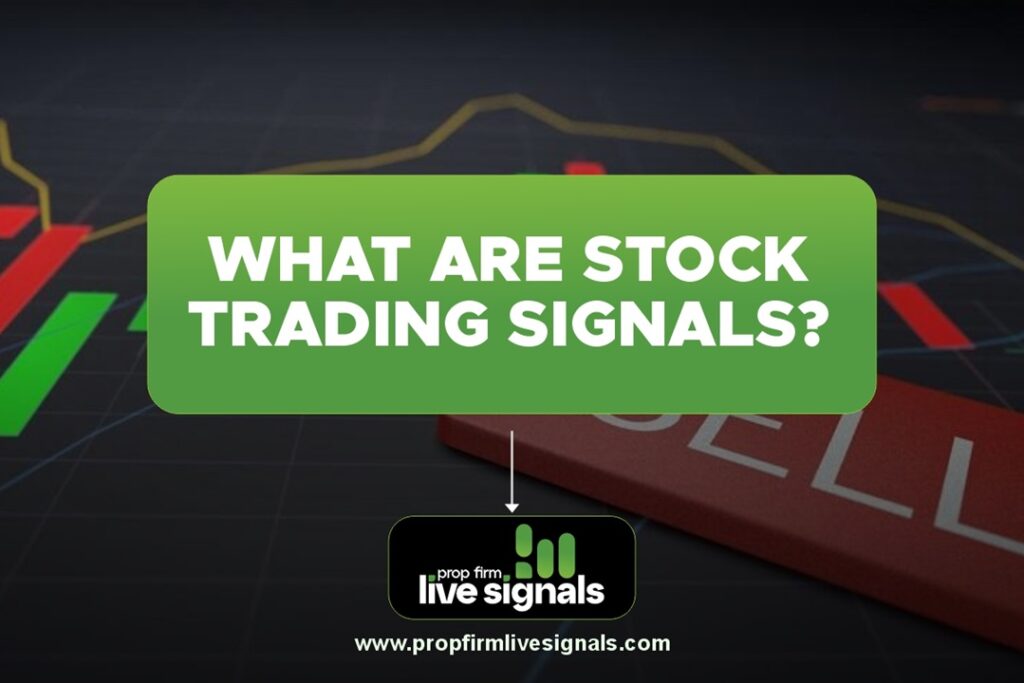Overview of Stock Trading Signals
stock trading signals are triggers for buy or sell directives that spring from a predetermined set of criteria based on meticulous analysis. This analysis can be the product of human intellect employing technical indicators or the outcome of sophisticated mathematical algorithms that digest market action, often in concert with other market factors like economic indicators.
Understanding Stock Trading Signals
Stock trading signals are the linchpins of market strategy, offering traders and investors a systematic way to approach buying and selling decisions. These signals, derived from the influence of technical, fundamental, and sentiment-based indicators, serve as the guiding stars in the vast universe of stock trading. They are the distilled essence of market data, transformed into actionable directives through rigorous analysis. Whether it’s a sudden spike in volume, a shift in price momentum, or a news event that could sway investor sentiment, each signal carries the potential to significantly impact investment choices.
Technical Analysis Signals
Technical analysis signals are the cryptic messages of the stock market, often hidden within the charts and numbers. By scrutinizing patterns in price changes and trading volumes, technical analysts can identify trends and reversals before they become apparent to the broader market. These signals, ranging from simple moving averages to complex harmonic patterns, are the tools traders use to time their entries and exits, striving to capture the flow of market tides with precision. Common technical indicators are the tools of the trade for chartists, each one a unique instrument in the symphony of market analysis. The Relative Strength Index (RSI) measures the velocity and magnitude of directional price movements, while Bollinger Bands encapsulate price trends within standard deviation parameters. Moving Averages smooth out price data to reveal underlying trends, and the Stochastic Oscillator compares a security’s closing price to its price range over a given time frame. These indicators, when interpreted correctly, can signal bullish or bearish momentum and help traders navigate the market’s intricate dance.
Fundamental Analysis Signals
Fundamental analysis signals are the bedrock of long-term investment strategies, offering a glimpse into the fluctuations of market sentiment. These signals are derived from an exhaustive examination of a company’s financial health, including its balance sheet, income statement, cash flow, and other key financial metrics. By delving into the economic data points such as earnings per share(EPS), price-to-earnings (P/E) ratio, and dividend yields, investors can discern whether a stock is undervalued or overvalued relative to its fundamentals. Moreover, these signals take into account broader economic indicators, such as GDP growth rates, inflation data, and employment statistics, providing a comprehensive view of the company’s potential in the context of the economy’s overall performance.
Sentimental Analysis Signals
Sentiment analysis signals are the market’s emotional barometer, offering traders a glimpse into the collective psyche of investors. These signals are extracted from the vast ocean of data generated by news articles, social media chatter, financial blogs, and other textual sources. By employing sophisticated natural language processing and machine learning techniques, sentiment analysis can decode the nuanced emotions of market participants, revealing underlying attitudes towards specific assets or the market as a whole. This form of analysis is particularly potent during times of market upheaval, where investor sentiment can swing wildly, profoundly influencing asset prices. For traders, these signals provide a crucial layer of insight, supplementing traditional technical and fundamental analyses, and enabling them to navigate the markets with a more informed perspective.
The Impact of Financial News on Stock Signals
Financial news has a profound and often immediate impact on stock signals, acting as a catalyst for market movements. The release of news can trigger volatility, with positive reports potentially propelling stock prices upward, while negative news can lead to sell-offs. The sentiment conveyed through financial news, whether it’s corporate earnings announcements, geopolitical events, or regulatory changes, can sway investor behavior and, by extension, stock prices. Moreover, the timing and interpretation of news are critical, as markets often react swiftly to rumors and announcements, underscoring the importance of staying abreast of current events and understanding their potential implications for stock trading signals.
While stock trading signals are powerful tools that can inform and guide trading decisions, they should not be followed blindly. A balanced approach, combining the insights provided by signals with a comprehensive trading plan and an awareness of the broader market landscape, will stand traders in good stead. As the market continues to evolve, so must strategies and tools.
Frequently Asked Questions
What are the most reliable stock trading signals?
- The most reliable stock trading signals are typically those that are generated by a combination of technical indicators, such as balance volume (OBV), accumulation/distribution (A/D)line, average directional index, Aroon oscillator, moving average convergence divergence (MACD), relative strength index (RSI), and stochastic oscillator. These indicators are widely recognized for their ability to provide insights into market trends and potential price movements.
How do I differentiate between high-quality and poor-quality signals?
- High-quality trading signals are characterized by their ability to predict future target returns and generate material economic value. They should be backed by empirical evidence and statistical metrics that support their predictive power and economic trading value. Poor-quality signals, on the other hand, may lack empirical support, show accidental value generation due to directional bias, or have construction faults such as unintended directional biases or extreme outliers.
Can stock trading signals guarantee successful trades?
- No, stock trading signals cannot guarantee successful trades. While they can provide valuable insights and help inform trading decisions, they are not infallible. Market conditions are dynamic and can change rapidly, making it impossible for any signal to predict future price movements with absolute certainty.




